The Fort

Beez Neez now Chy Whella
Big Bear and Pepe Millard
Wed 2 Mar 2011 23:57
|
Christiansvaern
Fort
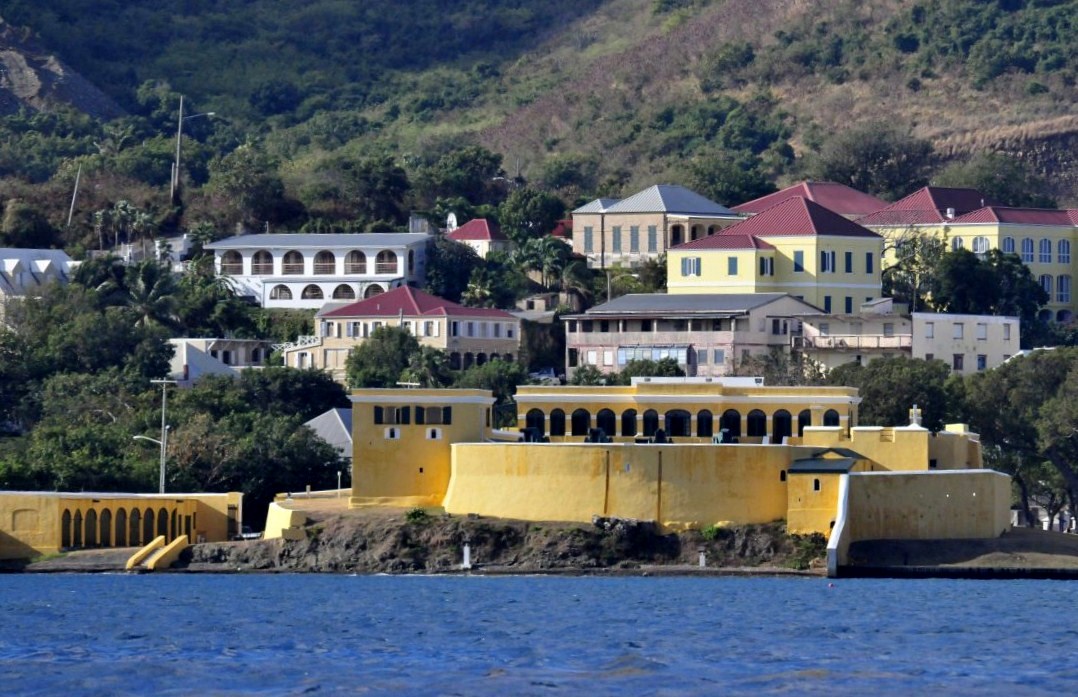  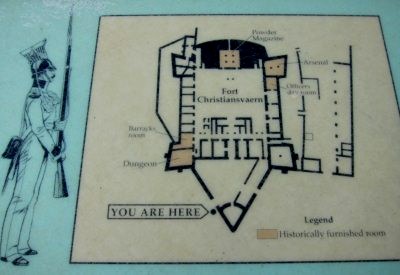 Our first look at the fort was as we sailed into
Christiansted, St Croix. As we wandered toward it today we saw these
information plaques.
For two hundred
and fifty years, Fort Christiansvaern has served the community well in a variety
of ways: It protected commercial shipping against attack by pirates and
privateers. Enforced the collection of customs duties. Quartered Danish troops
responsible for the colony's external defense and internal security. Housed the
early colony's Governor's residence, State Church and administrative offices.
Provided early residents with a place of refuge during the hurricanes and served
as the town jail.
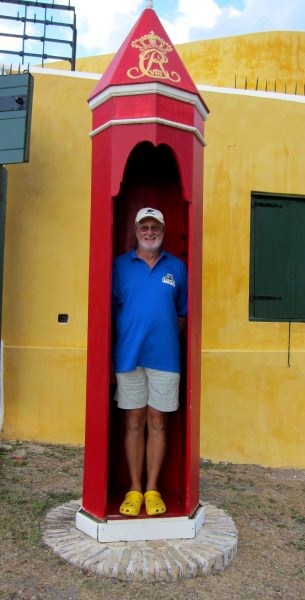 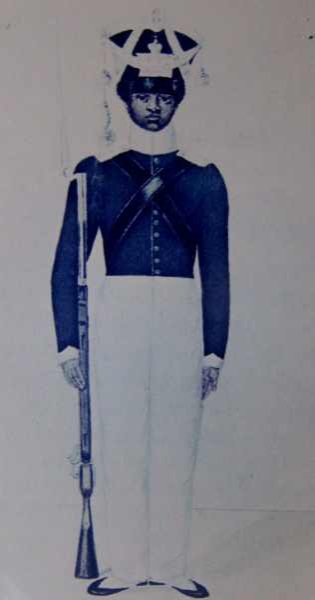 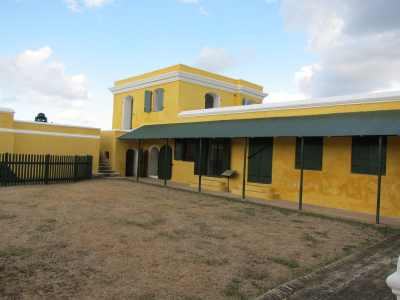  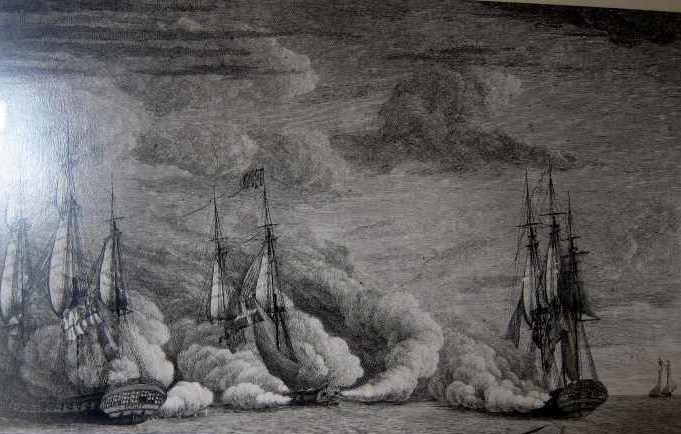 This Danish naval victory off St Thomas in March 1801, did
not deter the British Invasion.
During the
Napoleonic Wars, the British twice tried to force Denmark to abandon its
neutrality. When these proposals were rejected, the British sent naval and land
forces against Denmark and its West Indian possessions. Outnumbered as much as
seventeen to one, Danish garrisons in the Virgin Islands capitulated without
firing a shot, sparing life and property. The Islands were finally restored to
Denmark by peace treaty in 1814.
 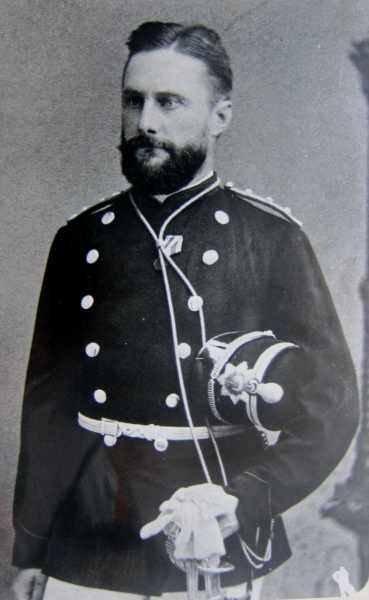 1st Lt. Herman R. L. Ostermann of
the First Company, West Indian Infantry at Christiansted.
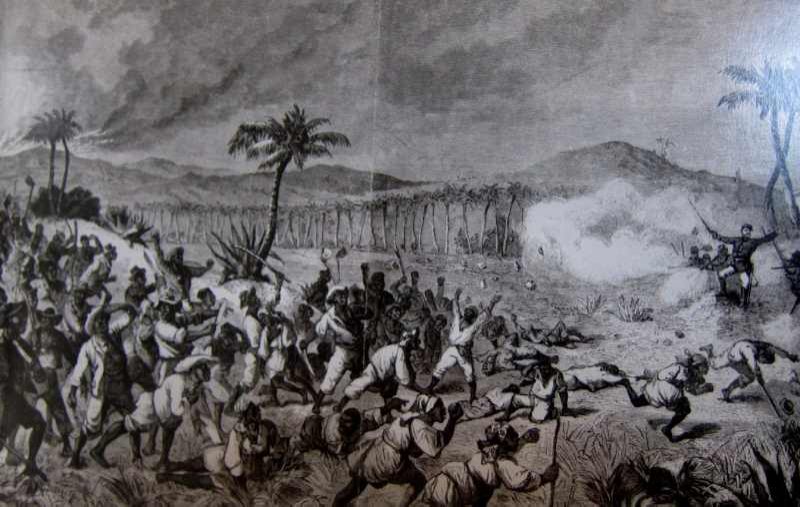 The Military Force relief column engages rioters at Estate
Carlton on the 3rd of October 1878
On the 1st of
October 1878, a labour uprising (known locally as the "Fireburn"), began on St
Croix. By the time the riot was over, one third of Frederiksted and many sugar
plantations had been damaged or destroyed. What remained of Frederiksted was
saved due to the courage of 1st Lt. Herman Ostermann and a combined
force of twenty infantry and cavalry. This small group made a four-hour forced
march from Christiansted to Frederiksted during the night. They drove two
thousand rioters from the town, and held it against repeated assaults until
reinforcements arrived the following day.  In
June 1914, the Christiansted infantry barracks were totally
destroyed by fire. The cause was ultimately revealed as arson, set by the
commander of the Gendarmery Corps, Captain Hoyer. He had previously accumulated
a large gambling debt while serving in the French Foreign Legion. He had also
married a very attractive woman, whose expensive tastes far exceeded his
military pay. In desperation, Hoyer embezzled the military payroll. To cover the
crime, he set fire to records in the office on the first floor of the barracks.
The fire spread rapidly, engulfing the building. Hoyer was court-martialed and
given a twelve year sentence of hard labour.
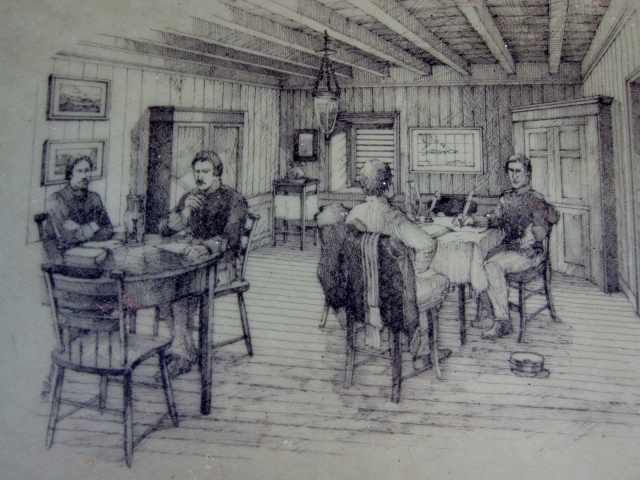 The Officers Day
Room. Office space was at a premium within the fort. Though intended to
be Officers' quarters, this room was used primarily as a "day room" - an office
and reception area - for officers and nco's. Here sergeants prepared daily sick
lists, duty rosters and disciplinary reports. Officers, if they could afford to,
lived and dined in town. They had relative elegance and furnishings compared to
the junior staff.
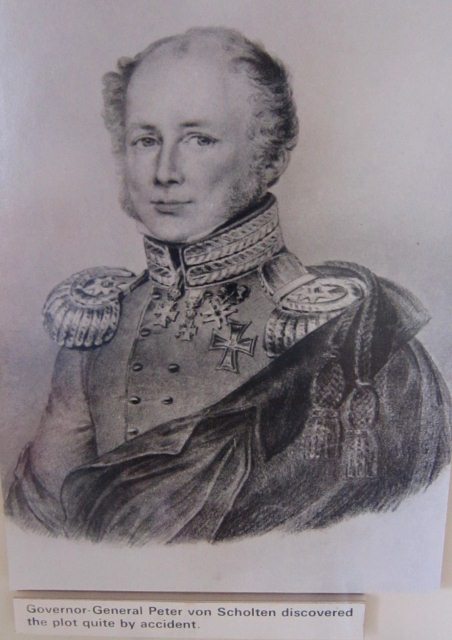 For lower ranking
Danish soldiers, the glamour of serving in the West Indies often wore thin
before the end of their six year tour. High mortality, low pay, limited personal
space, uneven discipline and lack of social opportunity could demoralise
all but the most professional soldier. Desperate infantrymen of the
Christiansted garrison, plotted an incredible mutiny in 1835. It called for
taking senior government officials and prominent members of island society
hostage, raiding the treasury and hijacking a Danish warship to North America.
The plan was never carried out. In spite of such serious symptoms, appropriate
reforms were a long time coming. However, August Neumann's record of service in
the Danish West Indies proved that not all soldiers simply waited for their tour
of duty to end to "go home to Denmark". He served a total of thirteen years in
the Islands beginning in 1896. Besides his primary duty as the senior
non-commissioned officer commanding all artillery troops, Neumann also
occasionally served a in the infantry, cavalry and
engineers.
 The barracks in 1910
   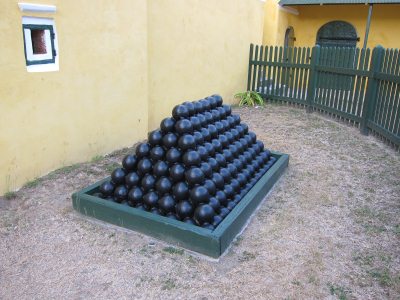 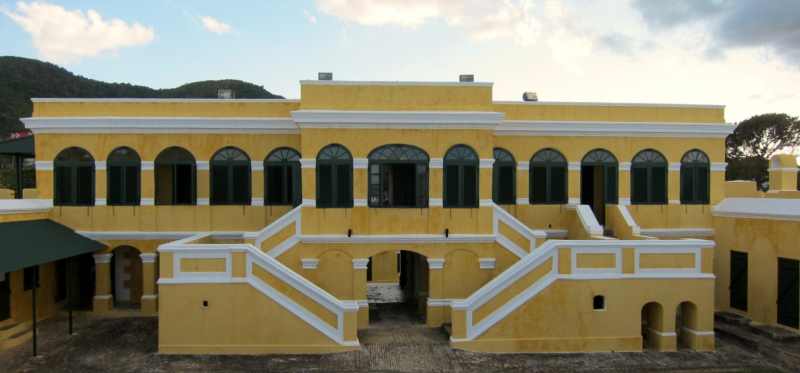  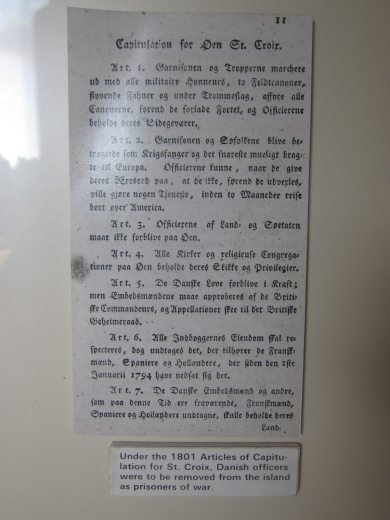 The well
maintained fort. All the upper rooms opposite were full of information
displays and interesting memorabilia.
 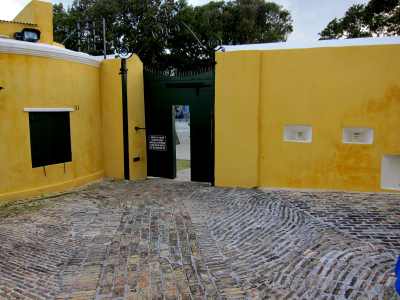 Original paving
throughout the fort
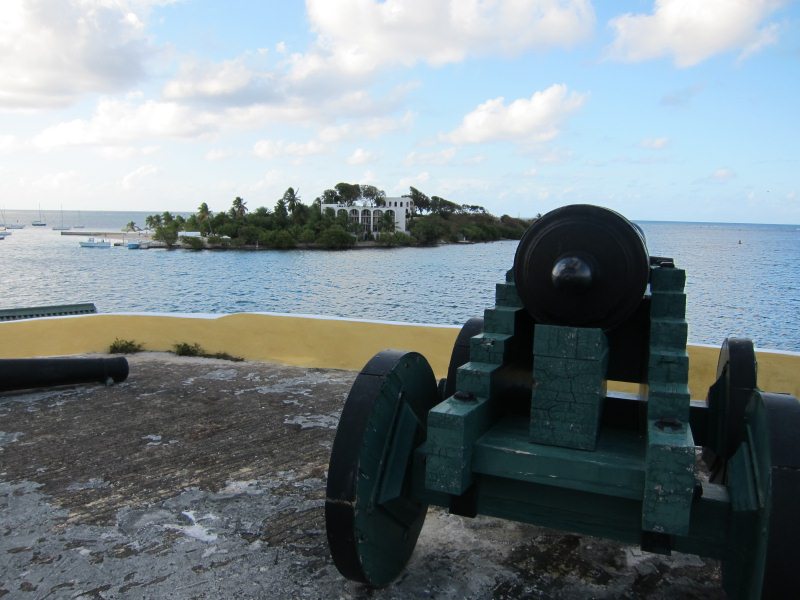 The view over
Protestant Island
 ALL IN ALL A GREAT LITTLE FORT
. |